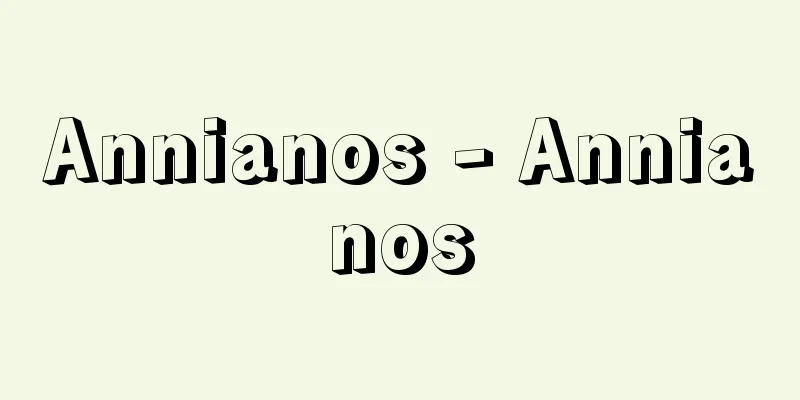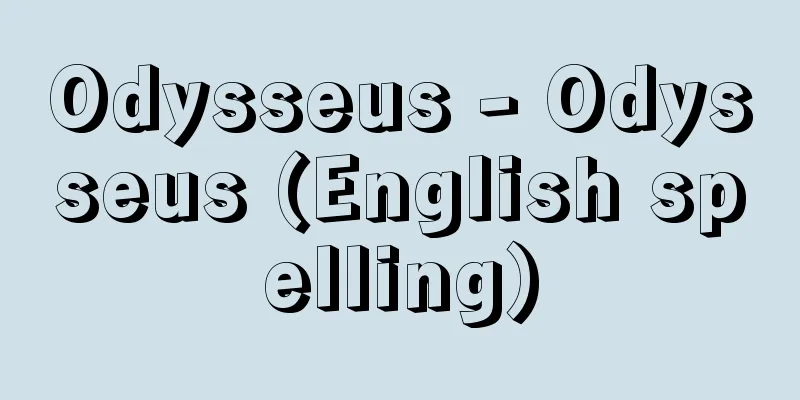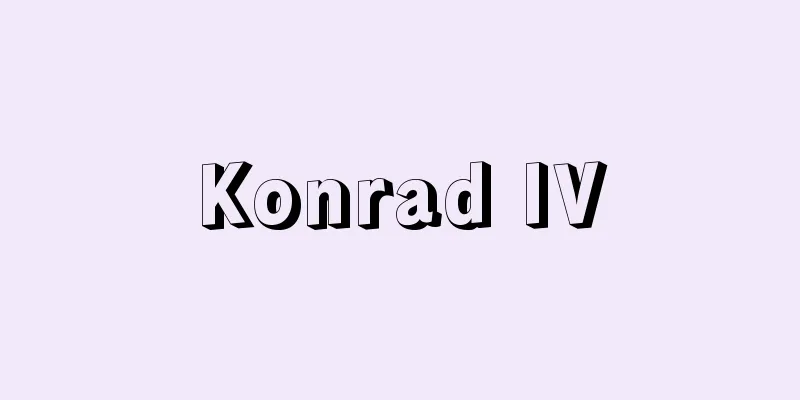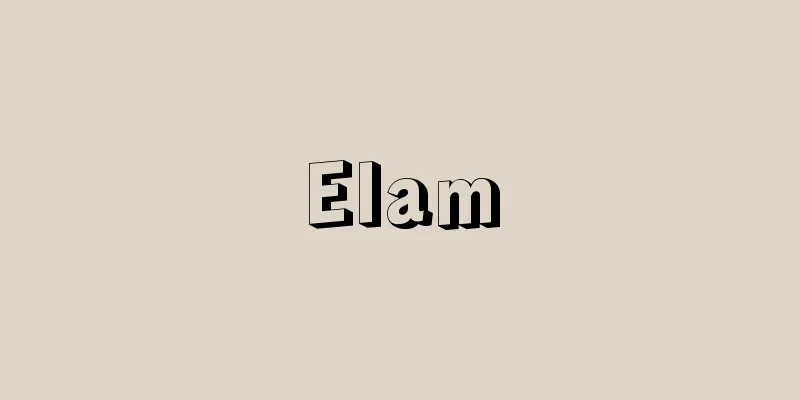Odd-toed ungulates

|
An order of ungulates in the mammalian class, Perissodactyla is so named because of the odd number of toes on its hind feet, either one or three. Members of the odd-toed ungulate order Perissodactyla are labyrinthine, walking almost exclusively with their hooves on the ground, and have a body build suited to running, with a long torso (especially the chest) and large lungs. The forearm and tibia are longer than the humerus and femur, respectively, and the metacarpals of the forefoot and metatarsal of the hindfoot are relatively long, making them suited to taking large strides. There are only one, three or four toes on the forefoot and one or three on the hindfoot, each with a well-developed hoof. The axis of the front and back feet passes through the third toe, which is larger than the other toes, and this toe is the main support for the body weight. Lacking clavicles, the forelimbs hardly move side to side, only forward and backward. The talus bone at the heel of the hind leg has a trochlear upper end, so it bends very smoothly at the joint with the tibia, but the lower end is flat, so the joint with the tarsal bone (navicular bone) below is not mobile. Because of this, the tibia and hind leg cannot bend as much as in even-toed ungulates, and therefore the stride length is narrower than that of even-toed ungulates. The calcaneus also does not articulate with the fibula. The head has a long face due to the large row of molars, and the nasal bone is wide at the back. The premolars are quadrilateral in shape like the molars, and many are long teeth with the crowns much longer than the roots, and have ridges of enamel called ridges, which are suitable for grinding fibrous plants. However, they have only one stomach and do not ruminate, instead they have a very large cecum. They do not have a gallbladder. The nipples are located in the inguinal region, there is no penis bone, and extant species lack bony horns. Phylogenetically, they belong to the ungulates that branched off from the ankle-shaped hoofed ... Currently, only about 18 species from three families remain: the family Equidae (1 genus and 9 species in Africa and Asia, including Przewalski's horse, African wild ass, and zebras), which have B-shaped ridges on their upper molars and only one toe; the family Rhinocerosidae (3 toes on their front feet; 4 genera and 5 species in Africa and South Asia, including the black rhinoceros and Indian rhinoceros), which have F-shaped ridges on their upper molars and three toes on their hind feet; and the family Tapiridae (4 toes on their front feet; 1 genus and about 4 species in South Asia and Central and South America, including the Malayan tapir and American tapir). [Yoshinori Imaizumi] Source: Shogakukan Encyclopedia Nipponica About Encyclopedia Nipponica Information | Legend |
|
哺乳(ほにゅう)綱の有蹄類の1目で、後ろ足の指が1本か3本の奇数のためにこの名がある。奇蹄目Perissodactylaの仲間は、ほとんどひづめだけを地につけて歩く蹄行性で、走るのに適した体制をもち、胴(とくに胸)が長く肺が大きい。前腕骨と下腿骨(かたいこつ)は、それぞれ上腕骨と大腿骨よりも長く、前足の中手骨と後ろ足の中足骨が比較的長く、歩幅を大きくとるのに適する。指は前足に1本か3ないし4本、後ろ足に1本か3本しかなく、それぞれよく発達したひづめを備える。前後足の軸は他の指よりも大きい第3指を通り、おもにこの指で体重を支える。鎖骨がないため、前肢はほとんど左右には動かず、前後にのみ動く。後ろ足のかかとにある距骨は、上端が滑車状になっているため、脛骨(けいこつ)との関節の屈曲はきわめて滑らかであるが、下端は平らなので、その下の足根骨(舟状骨)との関節は可動性でない。このため脛骨と後ろ足を偶蹄類ほど強く屈曲することができず、したがって歩幅は偶蹄類に比べると狭い。また踵骨(しょうこつ)は腓骨(ひこつ)と関節しない。頭は臼歯(きゅうし)列が大きいため顔面部が長く、鼻骨は後ろが幅広い。前臼歯は臼歯と同形で四辺形、多くは歯冠部が歯根部よりはるかに長い長歯で、畝(うね)とよばれるエナメル質の隆起部をもつようになり、繊維の多い植物をすりつぶすのに適する。しかし胃は単一で反芻(はんすう)をせず、かわりに盲腸が非常に大きい。胆嚢(たんのう)はない。乳頭は鼠径(そけい)部にあり、陰茎骨がなく、現生のものは骨質の角(つの)を欠く。 系統的には、踝節(かせつ)類から分かれ出た有蹄類に属し、新生代第三紀の暁新世後期に北アメリカに現れている。次の始新世にはブロントテリウム科、ウマ科、サイ科、インドリコテリウム科(バルキテリウム科)、カリコテリウム科など11科が一斉に現れ、当時の有蹄類のなかでもっとも栄えたが、漸新世(ぜんしんせい)から早くも衰え始め、中新世には6科に減ってしまった。これは、おそらく始新世に現れた、より草食に適した反芻する偶蹄類との競合に敗れたためであろう。現在では、上の臼歯の畝がB字形で指が1本しかないウマ亜目のウマ科(家畜のウマとロバを除けば、アフリカとアジアにプシバルスキーウマ、アフリカノロバ、シマウマ類など1属9種)、上の臼歯の畝がF字形で後ろ足の指が3本のサイ亜目のサイ科(前足の指が3本。アフリカと南アジアにクロサイ、インドサイなど4属5種)とバク科(前足の指が4本。南アジアと中央・南アメリカにマレーバク、アメリカバクなど1属約4種)の3科約18種が残存するにすぎない。 [今泉吉典] 出典 小学館 日本大百科全書(ニッポニカ)日本大百科全書(ニッポニカ)について 情報 | 凡例 |
<<: Basal conglomerate (basal conglomerate)
Recommend
Rashid 'Ali al-Kilani
1882‐1965 Iraqi politician. Born into a prominent ...
Luofu Mountain (English spelling)
A mountain located in the northeast of Zengcheng C...
Freedom of business
It refers to the freedom to choose and pursue a pa...
Katsunō Shin
1821-1886 A Kabuki composer from the late Edo to ...
Kania, S.
...The independent trade union Solidarity (NSZZ &...
Edo's four great dojos
…Town dojos flourished all over the country, and ...
Funambulus pennanti (English spelling) Funambuluspennanti
…[Yoshiharu Imaizumi]. … *Some of the terminology...
Calculating machine - Calculating machine
A device that makes it practical and easy to calcu...
Waiver of inheritance rights - Iryubun no broom
...In addition, the right to claim for reduction ...
Doidalsas
...Drunken Old Woman and Sleeping Satyr, which de...
Wada Koremasa
Year of death: 28th August 1571 (17th September 15...
Poitou (English spelling)
Historical regional and former province names in ...
Hanging - Hanging
…The increase in the productivity of small farmer...
Samkok (English spelling)
This is the Thai Imperial Translation of "Rom...
Armageddon
Armageddon is a place where the final battle betw...









